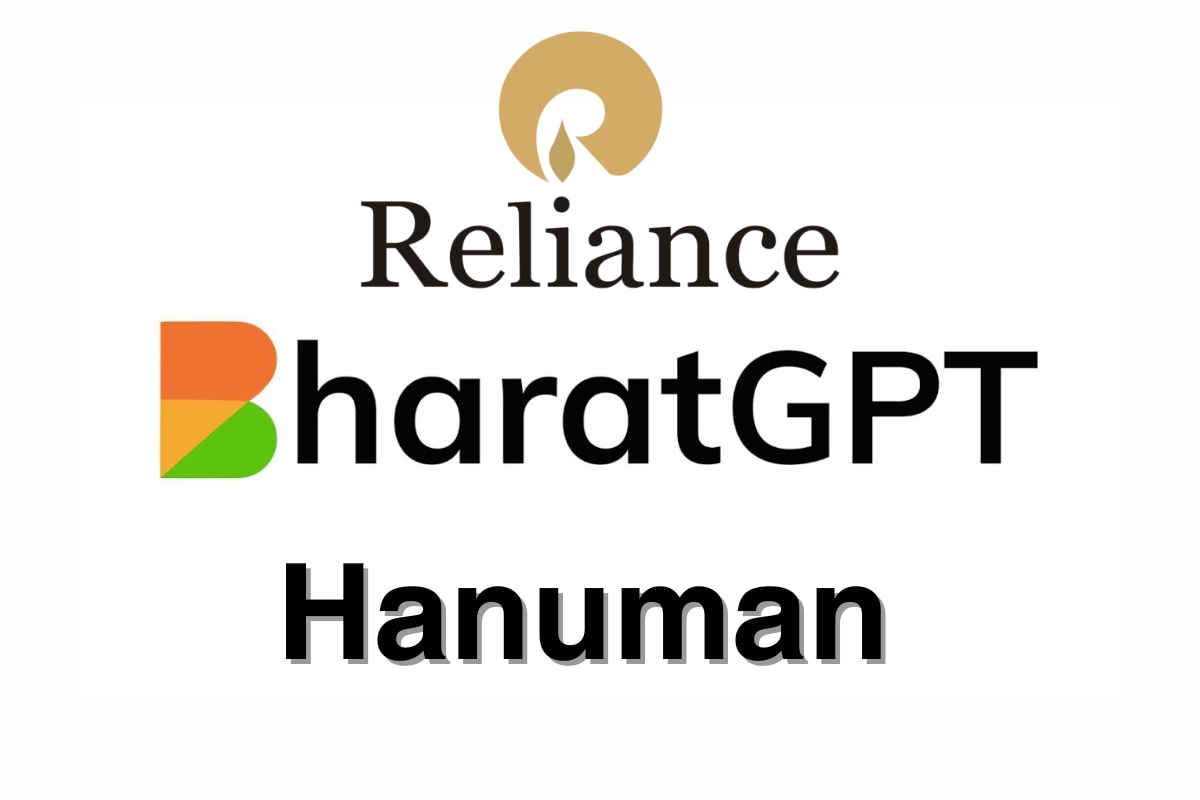The ambitious project, named “BharatGPT,” aims to democratise AI by bridging language barriers and making it accessible across India’s diverse users.
New Delhi: In a groundbreaking move, Indian billionaire Mukesh Ambani, the visionary behind Reliance Industries, has introduced India into the competitive AI race. Collaborating with the esteemed IIT Bombay and eight other Indian Institutes of Technology, Ambani’s Seetha Mahalaxmi Healthcare (SML) has unveiled “Hanooman,” a series of large language models (LLMs) meticulously trained on 22 Indian languages. The ambitious project, named “BharatGPT,” aims to democratise AI by bridging language barriers and making it accessible across India’s diverse users.
Hanooman’s Multimodal Capabilities
Unlike conventional language models, Hanooman brings more to the table than just mere text. It exhibits multimodal AI capabilities, enabling it to generate and comprehend content across various formats: text, speech, and even video. Whether you seek healthcare advice in your native or local language and receive a personalised video response or create educational content tailored to diverse learning styles, Hanooman has you covered.
Open-Sourced Innovation
The inaugural group of Hanooman models, ranging from 1.5 billion to a staggering 40 billion parameters, is set to debut next month. It is important to note that these models will be open-sourced, which will enable developers and researchers to build upon them and craft specialised applications for diverse sectors.
Inclusion of Linguistic Diversity
India, with its diverse languages across the state, poses a challenging hurdle for AI development. RIL-backed Hanooman helps tackle this problem by supporting 11 Indian languages, including Hindi, Tamil, Telugu, Malayalam, and Marathi. The objective of the AI is to include all 22 Indian languages, revolutionising access to information and communication for millions who struggle to communicate in English and giving them the freedom to use the AI in their own languages.
Applications of Hanooman AI
Hanooman’s impact extends far beyond basic translation services. Picture chatbots seamlessly provide customer support in local languages, empowering users across sectors like healthcare, governance, financial services, and education. The potential is boundless.
As BharatGPT’s Hanooman readies for its grand debut, India stands on the precipice of an AI revolution—one that promises inclusivity, innovation, and empowerment.
ChatGPT 3 vs Hanooman
The newly unveiled BharatGPT Hanooman marks a revolution for Made in India AI, but how does it really fare against the OpenAI ChatGPT-3? Let’s compare.
Training and Parameters
- Hanooman: Born from the collaborative efforts of Seetha Mahalaxmi Healthcare (SML) and top-tier Indian Institutes of Technology, Hanooman boasts a lineage steeped in Indian languages. Its first four models, ranging from 1.5 billion to a jaw-dropping 40 billion parameters, are set to dazzle the world. These models will be open-sourced, inviting innovation and customisation.
- GPT-3: The reigning champ, developed by OpenAI, flexes its muscles with a staggering 175 billion parameters. It’s like comparing a nimble sprinter to a marathon runner—both formidable but with different strengths.
2. Multimodal Capabilities
- Hanooman: This Indian contender isn’t content with mere text. It flaunts multimodal AI capabilities, waltzing effortlessly between text, speech, and video. Imagine a model that not only answers your queries but also shows you how to tie a saree or whip up a spicy curry—all in your preferred language.
- GPT-3: While GPT-3 primarily excels in text-based tasks, it’s yet to master the art of video responses or interpretive dance (we’re still waiting for that feature). But hey, it can generate Shakespearean sonnets on demand!
3. Linguistic Diversity
- Hanooman: India’s linguistic quilt is intricate, with 22 official languages vying for attention. Hanooman strides purposefully, currently supporting 11 Indian languages, including Hindi, Tamil, Telugu, and Marathi. Its mission? is to bridge the language gap and empower millions who grapple with English.
- GPT-3: A polyglot in its own right, GPT-3 dances through various languages, but it’s not as deeply entrenched in the nuances of regional dialects. It’s like a cosmopolitan traveller—fluent in many tongues but occasionally stumbling over local idioms.
4. Applications Beyond Translation
- Hanooman: Picture this: chatbots offering customer service in local languages, doctors diagnosing ailments via video consultations, and teachers creating personalised educational content. Hanooman’s applications extend far beyond translation; they touch lives.
- GPT-3: GPT-3, too, dabbles in diverse domains, from poetry to programming. But its heart lies in text generation, leaving the video tutorials and regional-specific advice to Hanooman.

